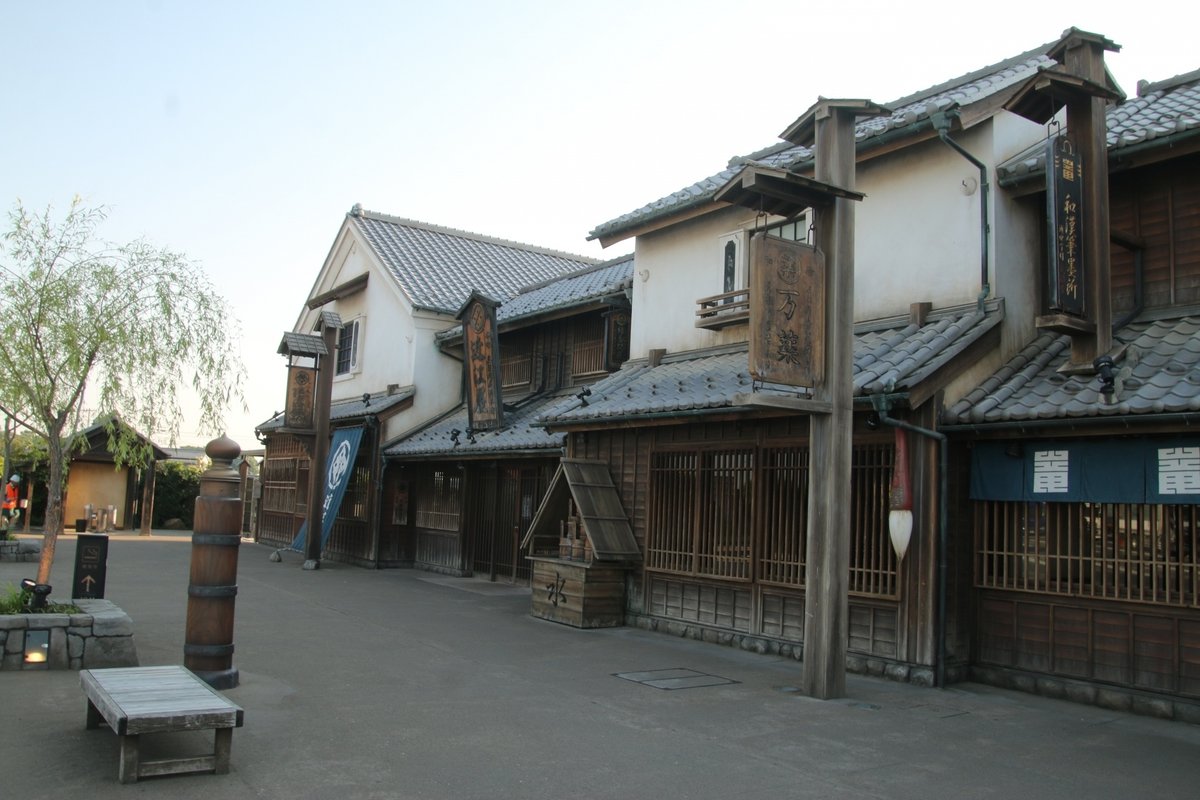
【~連載~静岡の歴史を学ぼう140】Local residents in the city of Sumpu Part1 駿府の街の町人 パート1
※ この記事は「静岡移住計画Facebook」に掲載しております。
駿府城の三代目の城主は徳川忠長でした。しかし数々の問題を引き起こしたことから、改易(領地を没収され、身分も剥奪されること)され、その後駿府城には城代が置かれることになりました。このことは駿府で町人が自治を行う機会につながりました。駿府の町人の自治の規模については様々な説がありますが、駿府で町人がどのように町を運営していたか、見てみましょう。なお文中の五人組の仕組みは江戸時代、日本全国にありました。
Local residents in the city of Sumpu Part1
駿府の街の町人 パート1

At this present time, Japanese unconsciously tend to adapt an idea of collective responsibility.
現在、日本人は無意識で連帯責任の考えに合わせてしまいがちです。
Even in an elementary school classroom, students are sometimes taught that one member’s bad attitude is the responsibility of the group.
小学校の教室でさえも、生徒たちは一人の生徒の落ち度はその集団の責任であると教えられることがあります。
In my own understanding, such a Japanese characteristic idea comes from the historical background in the Edo period.
私の考えですが、そのような日本人に特徴的な考えは江戸時代の歴史的背景から来ているのではないでしょうか。
In Sumpu, commoners’ mutual relationship was utilized to control the city.
駿府では、町人の相互関係が都市の統治に活用されていました。

Local residents were required to be registered to certain groups in their districts.
地元住民は町内にある特定の組に登録される必要がありました。
These registered local members used to form the smallest formal unit called ‘Goningumi’ , which literally means ‘five members’ group’.
そうして登録された人員が「五人組」と呼ばれる最も小さな正式な社会的単位を形成していました。五人組とは「五人のグループ」の意味です。
The local residents carried the burden of collective responsibility within their groups.
地元住民は自分たちの組の中で連帯責任を負っていました。
In exchange, they received the social participation of the community.
それと引き換えに、地域共同体に社会的に参加することが出来ました。
With that, they were regarded as a formal member of their community.
それに伴って、地元社会の正式メンバーとして認められたのです。

In Sumpu, these local residents were classified into five main categories-
House owner, caretaker, tenant, co-tenant and servant.
駿府ではこれらの地元住民は主に5つに分類されました。
家持(家を持っている人)、家守(借家の管理を任される人)、借家人、同居人そして召使です。
Goningumi (five members’ group) was comprised of the same categorized people.
「五人組」は同じカテゴリーの人々で成り立っていました。
For example, house owners had their own groups.
例えば、家持は自分たちの組を持っていました。

But, caretakers were also allowed to belong to the group of house owners.
しかし、家守は家持の組に入ることも許されていました。
On the other hand , tenants had to make their own groups in a district.
その一方、借家人は町内で借家人の組を作らないといけませんでした。
Of course, a leader had to be chosen among each group.
もちろん、どの組も長を輩出しました。
But, the Chogashira or districts’ leaders should only come from the house owners' leaders, who could be the only ones to support the Chogashira.
しかし、町頭は家持の長から選ばれるべきであり、家持の長こそ、町頭をサポートできる立場でした。
On the other hand, tenants’ group leaders could not be supporting leaders.
一方、借家人の長は町頭を補助する立場にはなれませんでした。
There was a clear regulation over group leaders in Sumpu’s community.
駿府の共同体には組の長に関するはっきりした規制がありました。
(参考文献)駿府 町人の社会 若尾 俊平著 静岡谷島屋
(参考資料)五人組 コトバンクより
この記事が気に入ったらサポートをしてみませんか?
